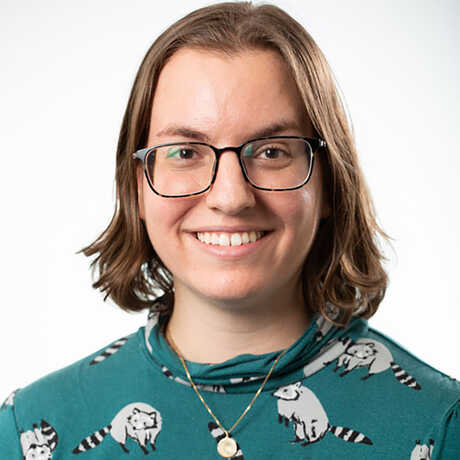Benjamin Dean Astronomy Lectures
Mapping our Galactic Backyard

Our solar system currently lies near the center of a 1000-light-year-wide cavity called the Local Bubble, which astronomers believe was carved out by powerful supernova explosions.
Mapping our Galactic Backyard
Monday, August 19, 2024
7:30 pm, Morrison Planetarium
Featuring Dr. Catherine Zucker, Center for Astrophysics | Harvard & Smithsonian
Join us on a journey through the Sun’s galactic backyard as we explore our corner of our home galaxy, the Milky Way. Using the latest 3D models enabled by the Gaia space astrometry mission, we will map the nearest 10,000 light years around our solar system, revealing nebulous clouds of interstellar gas, giant cavities carved out by powerful supernova explosions, and a colossal wave-like structure along the closest spiral arm to Earth. We will discuss how these gaseous structures are shaping and being shaped by the youngest generation of stars, and how us Earthlings are getting a front-row seat to all the action as we voyage through the Milky Way.
Image courtesy STScI (Leah Hustak)
About Catherine Zucker

Catherine Zucker is an astrophysicist at the Center for Astrophysics | Harvard & Smithsonian. She received her B.A. in astrophysics from the University of Virginia and M.A. and Ph.D. in Astronomy from Harvard University. Before joining the Center for Astrophysics in 2023, she spent two years as a Hubble Fellow at the Space Telescope Science Institute. She leverages large surveys of the sky in combination with new data science and data visualization techniques to produce new models of our Milky Way galaxy, with the goal of better understanding how stars like the Sun are born.
From outer space to Earth's inner core, explore the universe from Morrison Planetarium's 75-foot digital dome.

Download Morrison Planetarium's 2024 Pocket Almanac to stay up-to-date on eclipses, meteor showers, satellite spottings, and more.
